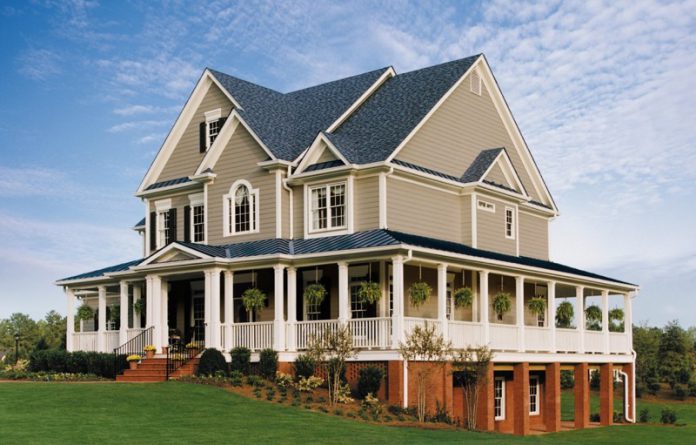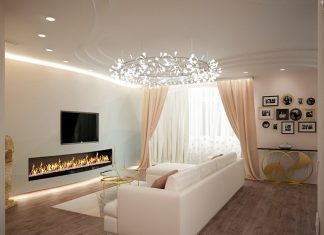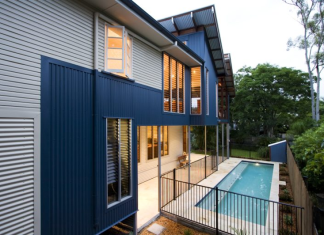The roof is one of the most noticeable parts of a house and deserves special attention during construction or remodelling. Its style dramatically affects the visual appeal of your home and its protection from the elements. This is why every factor should be considered before settling on a roof for your house.
Let’s talk about the six most important items to think about before deciding on a roofing material or style for your home; from the type of material to be used to the pitch of the roof and the ventilation choices available, roof replacement contactors are also professional you may consult to help you decide.
1. The Value of the Information at Hand
Roofing options for modern homes extend far beyond the standard asphalt shingle, with metal, slate, tile, and even more exotic materials available to homeowners. Every option has benefits and drawbacks; for instance, metal roofs often last considerably longer than shingles, but they may be more expensive. It’s possible that some roofing materials won’t work in some areas because of the weather or geography. Clay tiles, for instance, are frequently favoured in warmer climates because they reflect sunlight and cool the interior. Considerations like cost, aesthetic preferences, and the local climate will help narrow down your options for building materials.
2. The Price of Maintenance and Fixes
It’s important to remember that all roofing materials require periodic upkeep. Depending on the material and design, this may require more than just an annual cleaning. Fixing leaks, repairing broken shingles or tiles, and removing debris are the three most frequent roofing repair services for homes and businesses. Therefore, before settling on a roofing system, it is essential to calculate the total cost throughout its lifetime.
For instance, metal roofs can be more expensive initially but require hardly any upkeep. Compared to metal roofing, asphalt shingles are more affordable but need to be repaired and replaced more often.
3. Height Above Ground Level
The term “pitch” describes the angle at which a roof slopes, with a vertical roof having the steepest pitch. The higher the pitch of a roof, the better it will be in draining water and snow, but the less headroom you’ll have in the attic or anywhere else up high
However, shallow roofs are more aesthetically pleasing and give more usable internal space and headroom, despite their inability to drain as efficiently. Finding a happy medium between form, function, and cost is optimal.
4. Issues with Ventilation
A well-ventilated roof is essential if you want to live comfortably throughout the year. You can prevent damage from high temperatures and keep moisture under control by installing proper ventilation on your roof.
Incorporating powered vents (such as fans and turbines) and natural air currents into your ventilation system’s layout would be best. Different roofing materials may call for specialized ventilation setups, so you must check with an expert if you need clarification.
5. Efficient Use of Energy
Your roof should be one of your priorities when looking for ways to save money on your energy bill. For instance, during the warmer months, you can maintain the interior of your home at a more comfortable temperature by selecting a roofing material that reflects sunlight. Metal roofs are lovely for hot climates since they reflect the sun’s rays and reduce cooling costs. However, excellent roof coverings work best in milder regions.
The energy efficiency of a roof can also be enhanced by adding insulation to the attic.
6. Appearance and Taste
The aesthetics of your roof should be your final consideration. Slate tiles, for instance, have a more traditional and stately air than metal roofs, which are typically more contemporary. On the other hand, you’ll want to keep the roof a muted colour so it blends in with the rest of the structure. Ensure your chosen style works nicely with the rest of your home or workplace’s decor. Aesthetics, cost, and energy efficiency are just a few of the numerous aspects to consider when deciding on a roof style.
In conclusion, you need to study various materials and their pros and downsides to make a decision that fulfils all your requirements. If you think you might benefit from the counsel of an expert, don’t be afraid to seek it out.














